The old Glaswegian saying is very apt here. All (aw) fur coat.. was originally a dig at the folk in Edinburgh, they look fancy but they’re just as plain underneath. And the Lomomatic 110, the second camera released by Lomography this year suffers from that. Good looking and it might be one of the best spec’ed 110 camera this century but it’s woeful optics let it down.
No Expects the 110 Format
When Lomography brough 110 back from the film format grave it was a bold move. 110 was never intended for the photogs. Introduced by Kodak back in 1972, it was intended for an easy to use simplistic film format. Aimed for simple, cheap P&S, like but smaller than the 126 format that preceded it.
It uses film encased in a plastic container both with spool and take up spool inside. The film is paper backed. It limped on until fujifilm ceased production in 2009.

And whilst most cameras were made were pretty basic fixed focus & exposure affairs you did get high end cameras. These included the SLR 110 from the likes of Pentax and Minolta. Given it was smaller than half frame with just a 13 mm × 17 mm frame size. It was unlike to appeal to more serious users. Oddly that’s the same frame as Micro 4/3 digital use today and much bigger than 1″ sensors.

When King film fell 20 years ago no one expect to see 110 back. However just 3 years after it died, Lomography resurrected it.
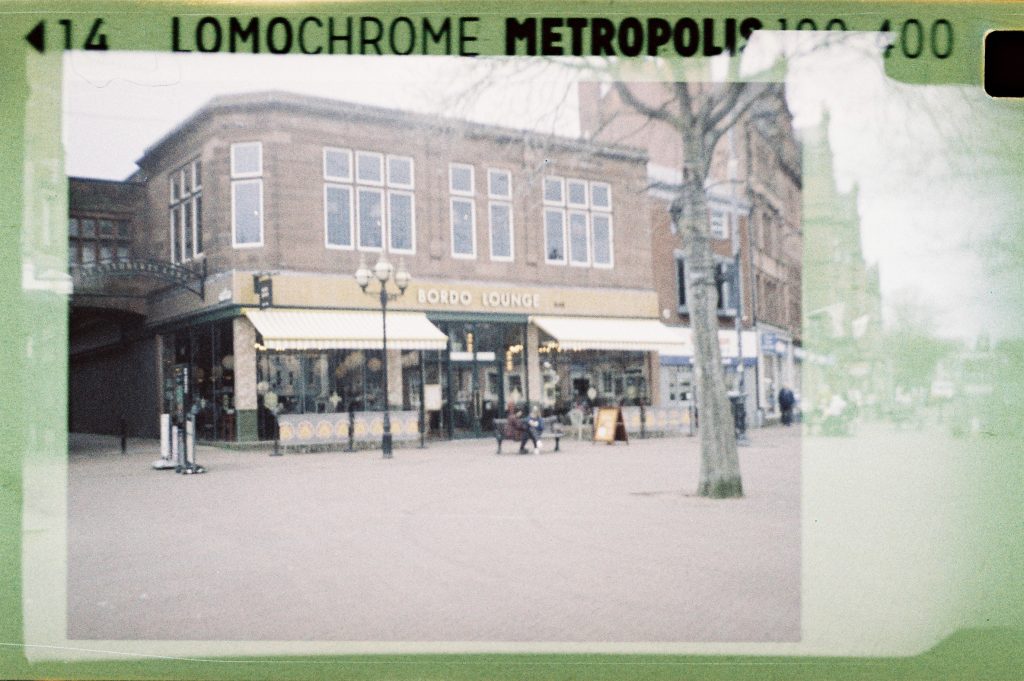
But why bring it back ?
It was a bold move by Lomography. Granted they had 2 cameras to go with it. The Fisheye 110 and the frankly awful Diana Baby 110 (only beaten by the Skina I tested recently for my worst 110). But I get why they went for it. 110 camera are inherently lo-fi and there was already a market of folk reusing cartridges.
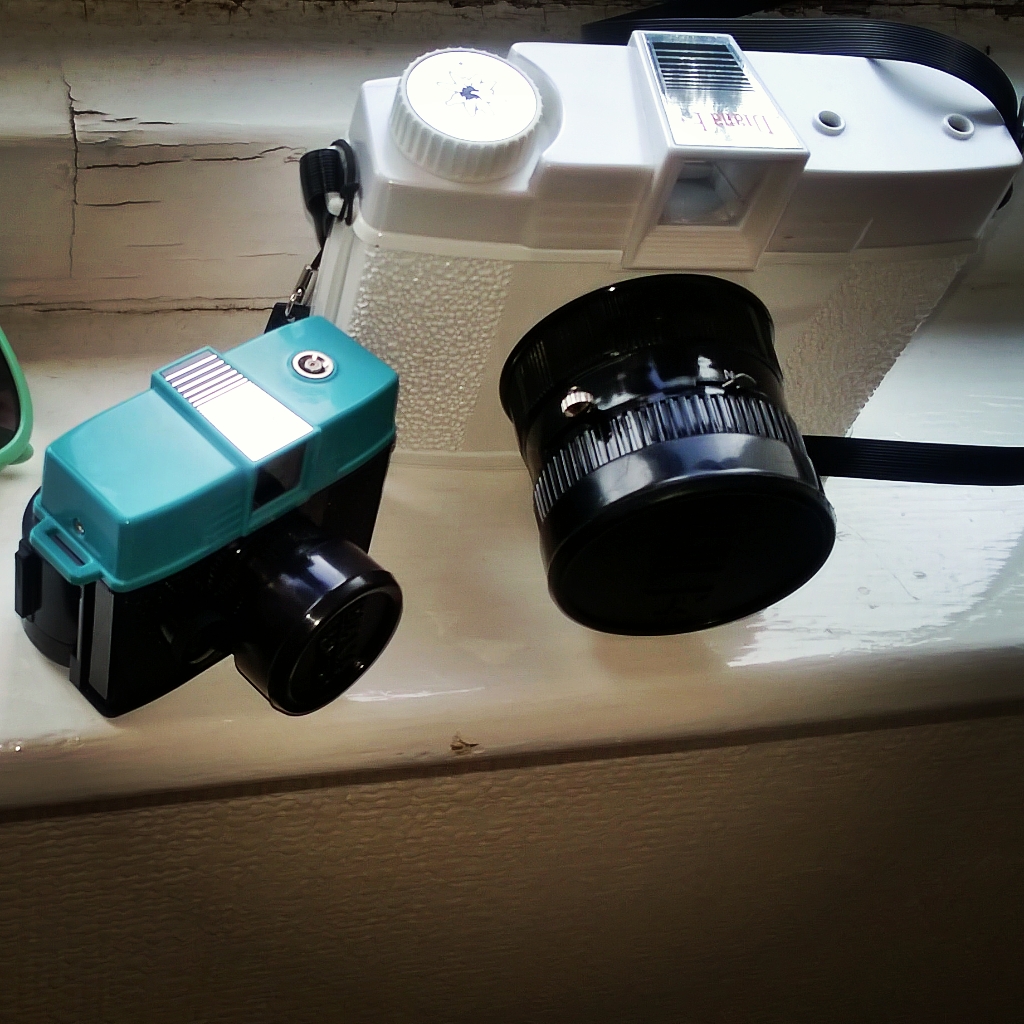
Lomography produce quite a range of 110 now with 7 emulsions on offer. They are now the only game in town since Fukkatsu brief run stopped about 6 years ago. You can buy expired 110 from the good old days as well

So What’s the Lomomatic 110
This was a bit from nowhere. We got a 110 camera with scale focusing and metering delivered from under £90 (sans flash) !! Especially given the LC-A+ sells for £259 for similar spec.
For the £89 you get the plastic bodied model which resembles a host of Minox style 110 cameras. The camera is kept compacted until you pull it wider. This closing and widening it cocks the shutter like legions of cameras before it. Close the lens is covered but not the viewfinder

For 20 quid more you can but it with a clip on flash. Or for £149 you can buy the all metal version you see here with flash. The metal one feels well made
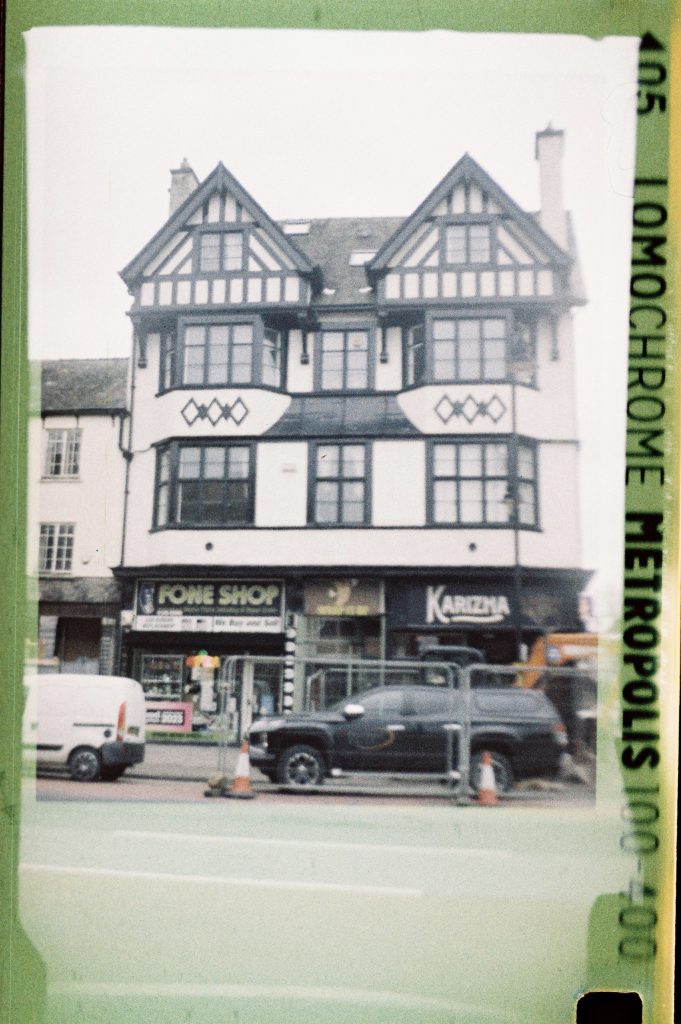
The Lomomatic 110 spec
So we get a 4 zone focus 23mm 1:2.3 mintar CX lens. Zones are 0.6, 1.5, 3m and to infinity.
The camera has 2 available apertures f/2.8 for flash/lower light and f/5.6 for daylight. These are adjusted by a switch on the base where you’ll also find the MX (multiple exposure) switch
The camera sits in a auto shutter mode for 30secs up to 1/250. There is a bulb mode that offers manual control. But you can’t use for more than 30sec so I’m not quite sure how helpful. There is a Multiple exposure switch
Perhaps more importantly this is a rare 110 you can set film speeds with. Granted some historical 110 could delineate between 110 and 400 ISO. That’s by virtue of a notch on the side of the film but most couldn’t. The Lomomatic offers 3 choices (as well as bulb mode) 100, 200 and 400 ISO
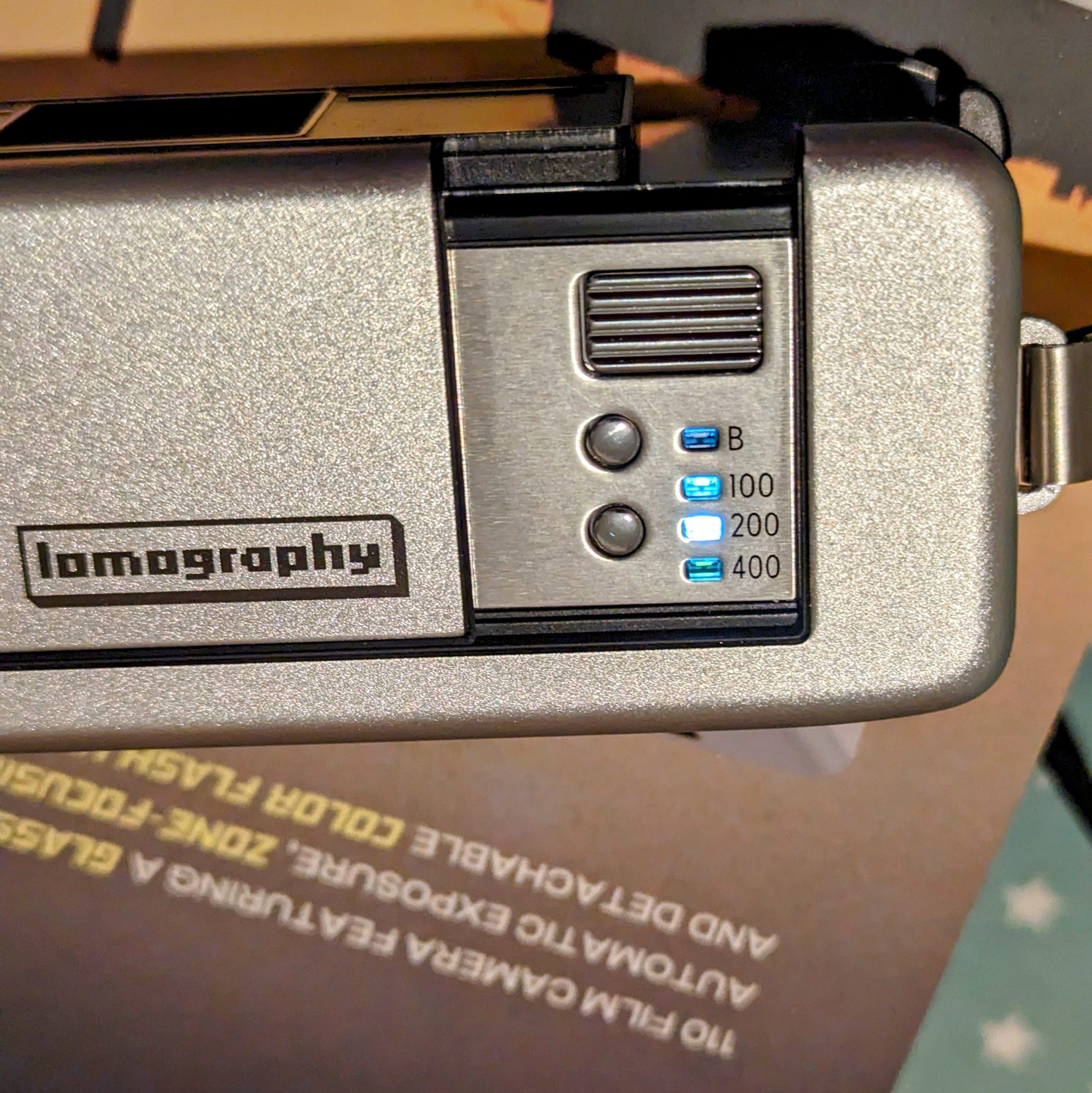
The flash has a proprietary mount but there is no cable or tripod points
Power comes from a CR2

And what does it cost to run
It’s good and bad new here
The film stock is quite cheap. Lomography will sell you a 3 pack of Color Tiger CN200 for 10 p short of twenty quid at the time of typing. That’s about a tenner less than you’d often pay for Kodak Gold 3x24exp and less than half the price for Lomography 400CN triple pack
But lab costs do often come in at more

Here are 3 labs I use. As a disclaimer i must point out I hold shares in AG.
| LAB | D&P +Std Scan 35mm | D&P +Std Scan 110 |
| AG Photolab | £11.99 | £29.99 |
| Photo Hippo | £7.50 | £12.50 |
| Digital Photo Express Carlisle | £13.99 | £15.99 |
And that’s the thing labs do matter. Some can’t do it , some don’t do it well. I like Digital Photo express as they hand scan but include the backing area as you can see in shots here. Both Photo Hippo & AG do comparable scans but just the intended area.
In Use

Pull camera gently open by pulling apart from either side. This slides the camera lens cover away, activates the metering, allows access to the focus switch and the open and closing action helps advance film and cock the shutter.
Once open you can flip open the film compartment cover. Insert your 110 film and close the compartment. you can then set the ISO (or switch to (B)ulb mode) by pressing the buttons behind the shutter button. The camera sets to 200 ISO by default.
Open and close the camera to advance the film. You will need to do this a few times until the film window shows the number 1. You then adjust focus by lever on side of the camera and use the simple viewfinder to compose and shoot. I found the shutter button doesn’t always fire when you depress (listen for a distinct ping). You’ll realise as you can’t advance to the next frame. It’s only an occasional fault but a tad annoying
Once a shot is taken advance the film by closing and opening the camera (I found you often needed to do that twice to get a full advance
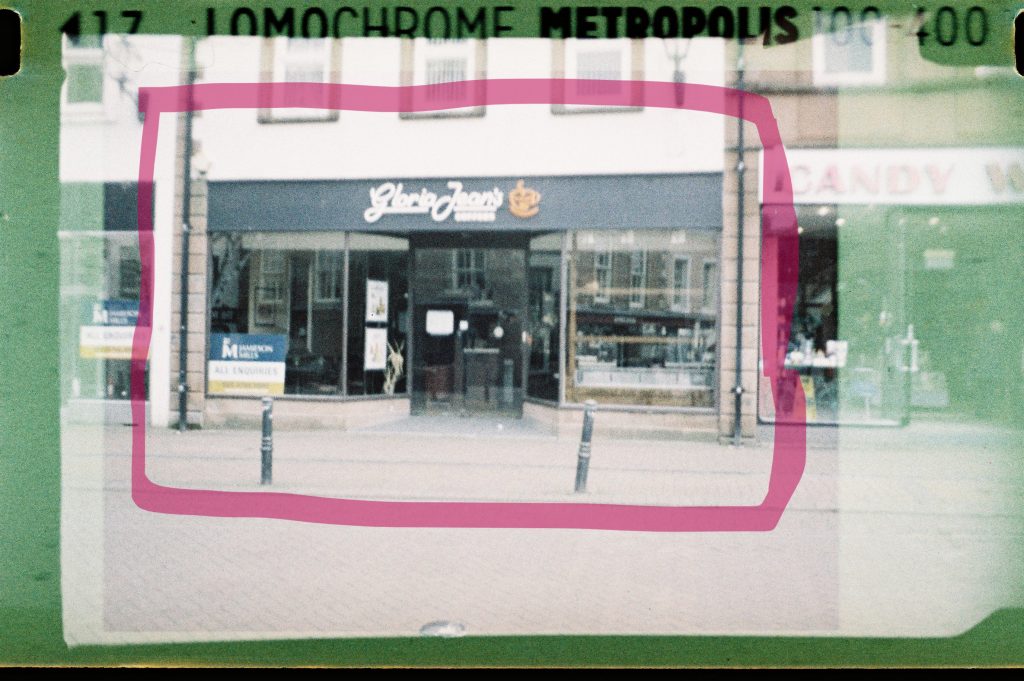
You get no frameline or lo light warning in the finder. It doesn’t cover the frame but is reasonably central.
Underneath there is a switch to swap between f/5.6 (marked “day”) and f/2.8 (“night”). You’ll wanna keep that at day unless shooting with flash though
Results
Blinded by the reviews ?

I ended up shooting 4 rolls of 110 as I though my first lab had messed up. But no they hadn’t. And then I check other reviews. at first glance these rave about this camera but when you look at reviews form the likes of Fstoppers and PetaPixel, the image quality is just like mines. What excites them as Matt Growcroft on PetaPixel explains is “it creates an interesting, imperfect aesthetic”. Part of what he sees as “growing trend for flawed Photography”
Does that make sense to you ? Yup me neither. But hey ! Each to their own.
But in fairness that’s what you get
My results with the Lomomatic 110
This is very soft even on the better shots. On a good shot it’s meh but a lot of shots were pretty poor. The lens seems to have slight issues across the frame as well as you can see by soften as you approach the bottom edge in the last 2 shots with the bottom right (in portrait) being worse
There is slight barrel distortion.
Focusing does seem to work in as much as you get a similar soft mushy photo at all lengths. I think the best range is the 3m settings which does appear to be the sharpest
The one credit I will give is the auto exposure is pretty good.
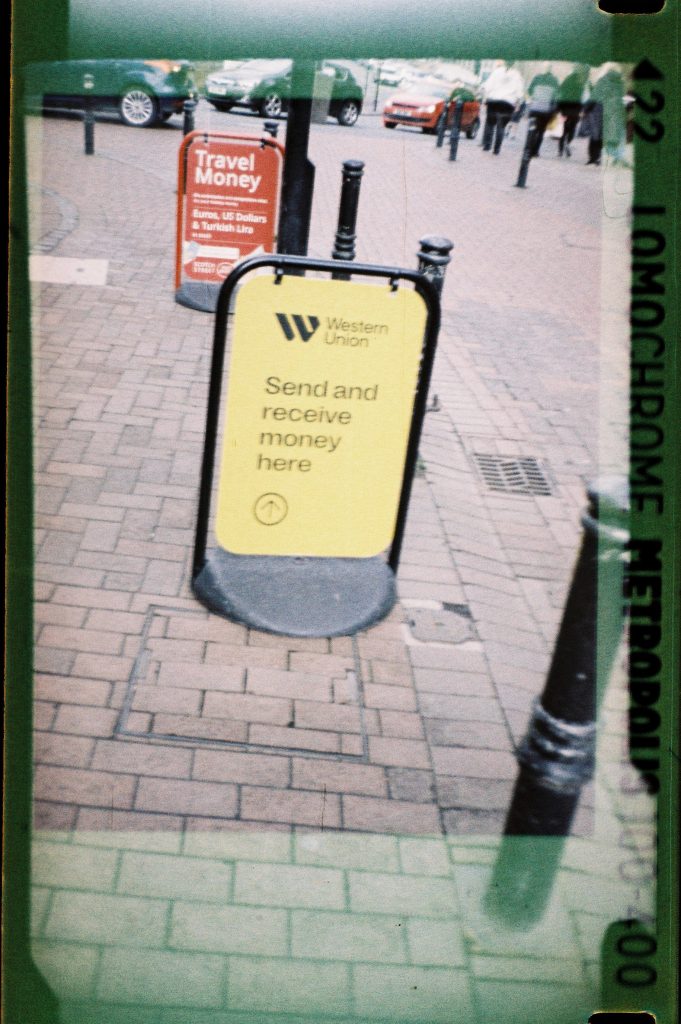
But here’s the thing. Much weaker spec cameras can do better. Take this shot of Burns statue. It was captured on a cheap Halina Super Mini Flash which is fixed focus but has some manual exposure control.

Granted it’s a bit soft but compared to an image taken on the Lomomatic it’s much sharper (I’ve resized this for PC to be approximate to the actual frame of the Halina shot

Final Thoughts on the Lomomatic 110
It’s a nope from me here but a slightly frustrated one. There is a lot to like here. The exposure works well, it’s well crafted and the styling is spot on. The switchable ISO is pure genius. And it is technically the most advanced 110 camera in production (the other 2 being the more basic lomography models).
But the optics just let this down.
It’s better than the Diana Baby 110 but that’s as good a praise as I can give it. It doesn’t even matches my Halina Micro 110, and that’s a camera that likely variants of were given away in packs of cereal.
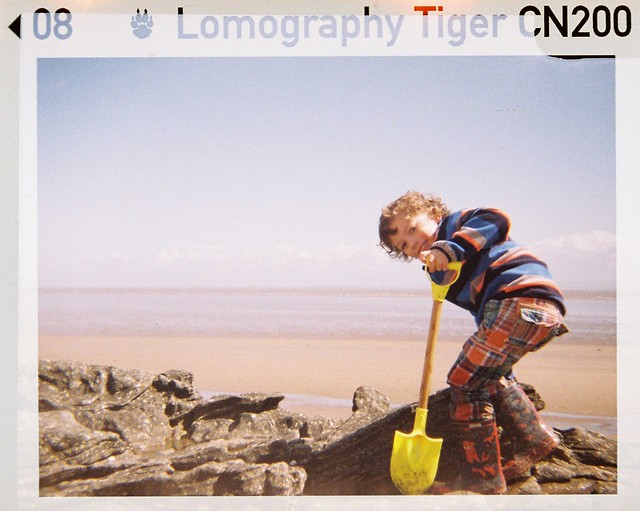
And I’m not inherently anti Lomography but it’s not my fault the 2 cameras they’ve launched this year. I’m current enamoured with my LC-A wide (review coming) and had a gas with the Sprocket Rocket. The Lomo’Apparat showed you could do high end lo-fi. And the LC-A 120 is a fantastic 120 shooter.
But Lomourette is a half baked mini and this was sadly disappointing optically. a real shame as their optics can be better and this otherwise was quite well put together.
And yes there a lo-fi vibe but you can buy a cheap 110 vintage and get that or one of lomography’s other 110
Still nice coat…
Reviews and other Resources
I’ve already mentioned the Fstoppers and PetaPixel reviews. There’s also
And Gordon Laing has a video review. Not sure I agree about the crisp images though
I was beginning to think I was the only one who didn’t like the camera. But Shoot on Film’s Ari Jaa shares many of my concerns about this camera.
If you still wanna get one you can buy from various retailers and direct from Lomography.
Alternatives to the Lomomatic 110
There are a few to say the least
An obvious start point is the Minolta Autopak 400 series. The Autopak 470 is pretty much the same spec with detachable flash and full metering. A boxed tidy example with manual (but untested) sold for the price of a lomography color tiger 3 pack (aka less than £20) recently. The other more basic models for less. And they still have corking lenses

And then there’s the Rollei A100 and B100 which are more pricey but cheaper. Their little brother the Voigtländer Vitoret 110 (same designer) is a classic with real 007 feel. No focus but manually selectable exposure and an incredible lens.

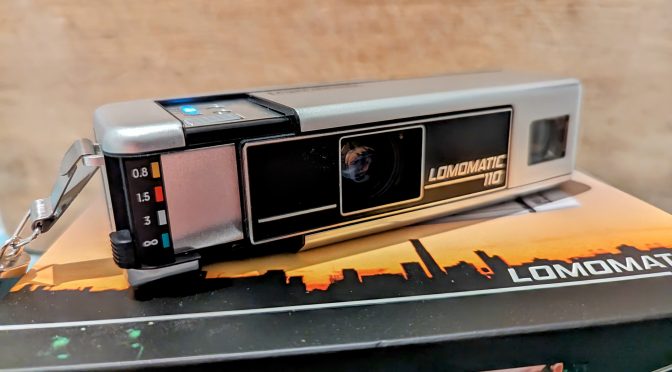

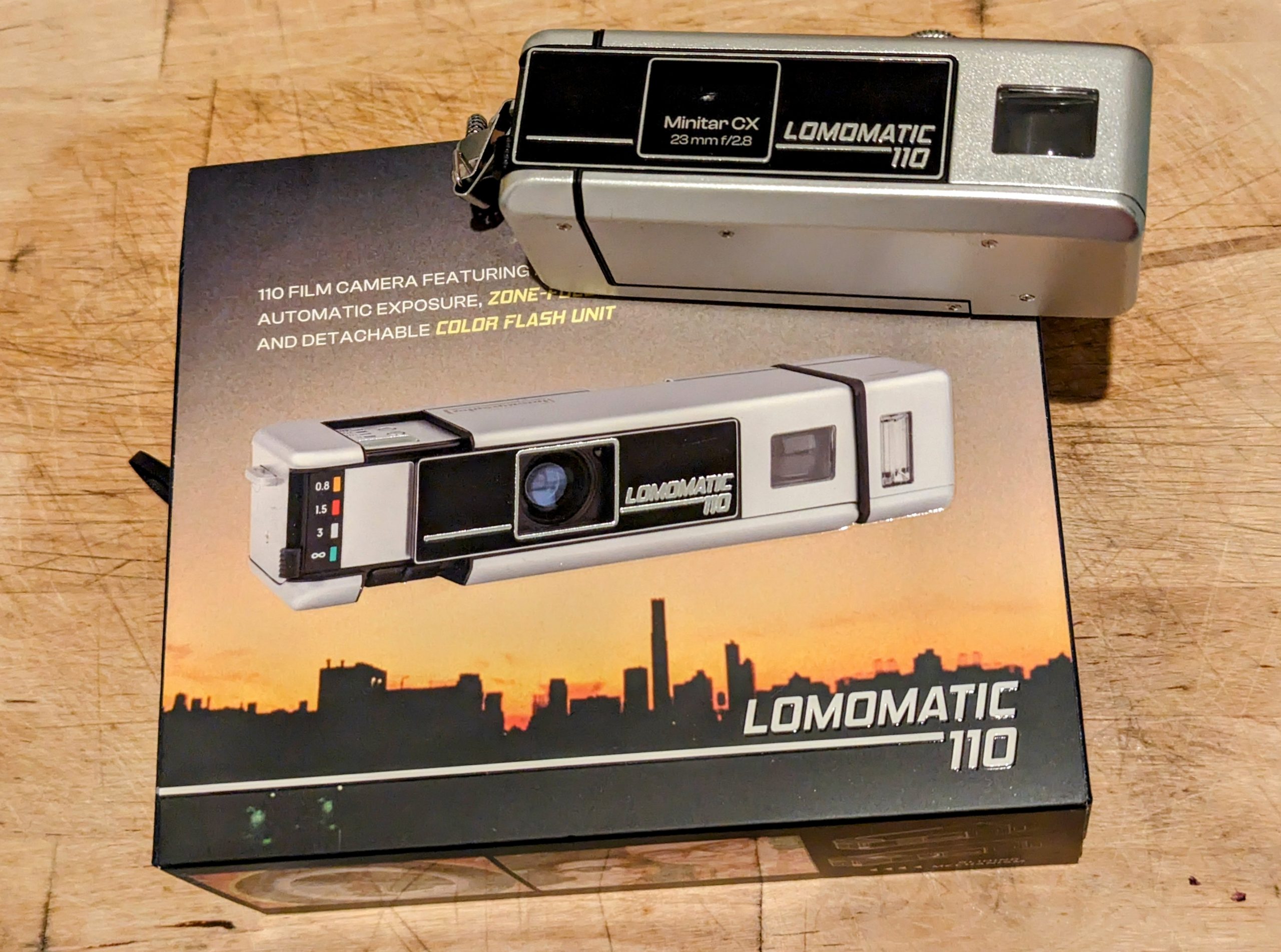
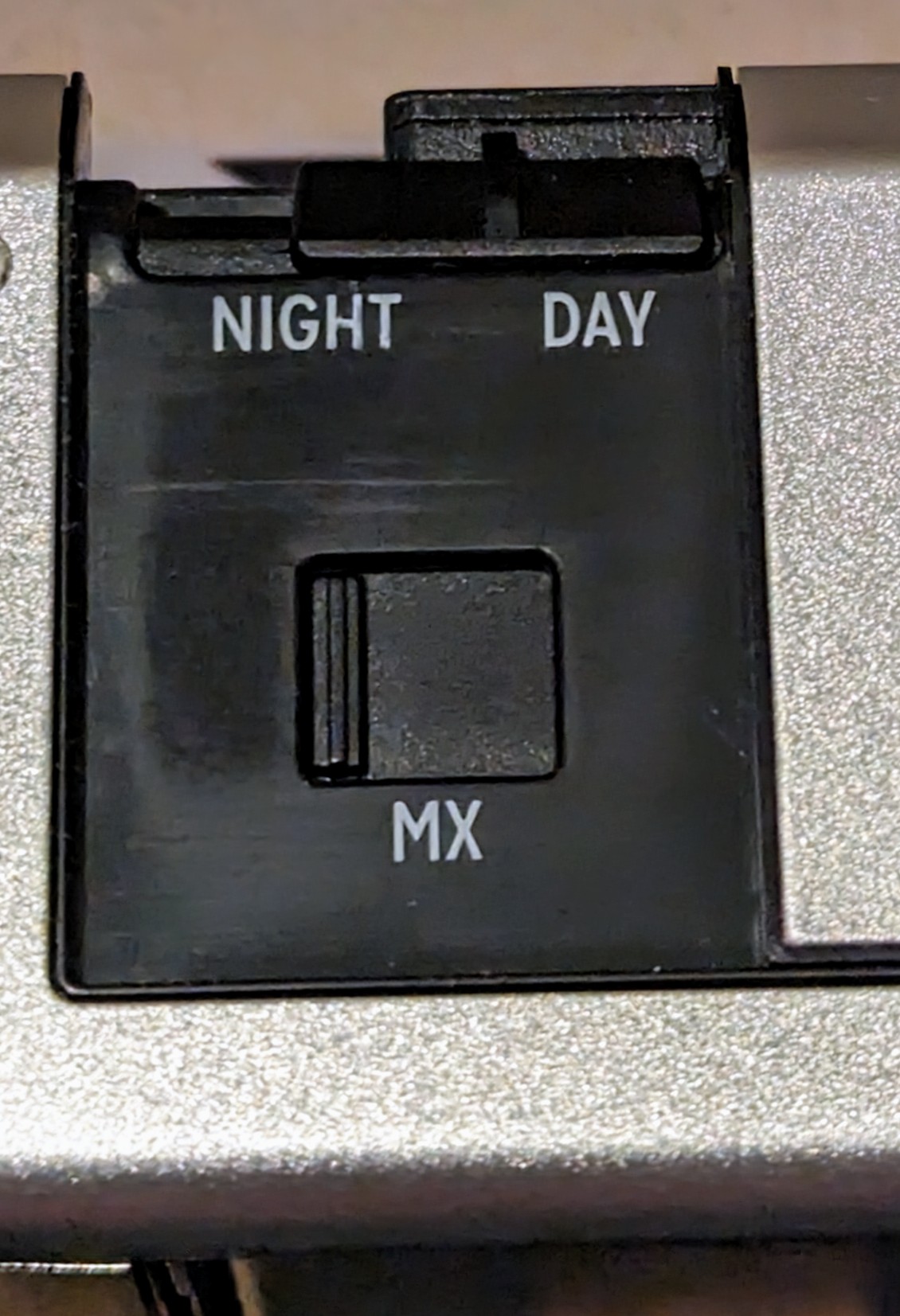
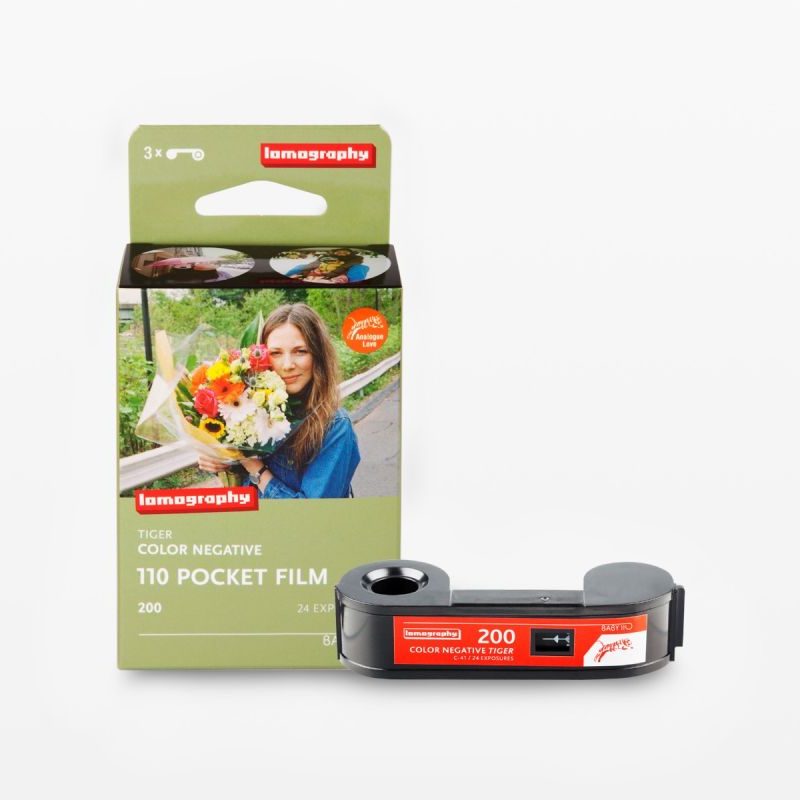
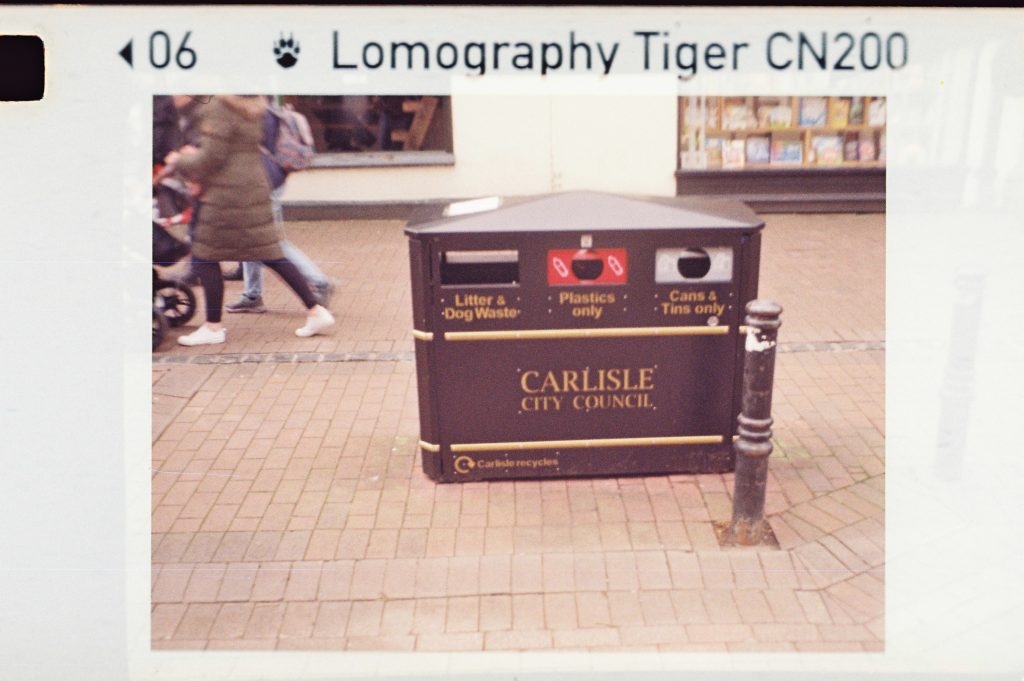
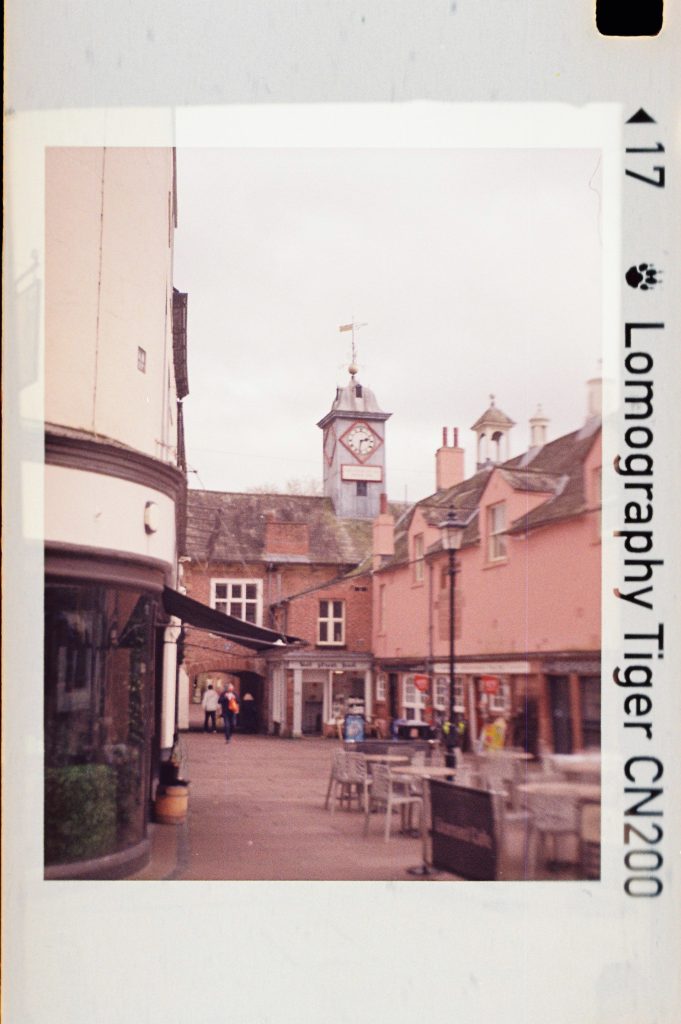


“growing trend for flawed Photography”
Y’know, there’s plenty of crap 110s already out there that can create flawed, lo-fi images. Why spend so much money on a new camera to do that? It only encourages Lomography to make more crap cameras.
Good take on the Lomomatic 110 – mini-Instamatic. Agree. In contrast to the aperture-priority Lomomatic, the Rollei E110 offers another, smaller aperture[f/16], while the Rollei A110 automagically sets the exposure. The Rolleis were pricey in their day [the A110 sold for the equivalent of 1300$US today]. And the Rolleis don’t seem retro. After all Heinz Waaske designed thm.
Hello and many thanks for this article.
I am a fan of the 110 cameras as it reminded me of some child memories. My mother had a Kodak Ektra 22 and I thought back then that it couldn’t bring photos good enough and used a Canon AT-1. After a crazy digital and smartphone period I reverted to film photography and have discovered the challenge of taking photos with toy cameras or 110 cameras and also consider them as a kind of “impressionism” photography when compared with photos I take with better quality 135 or 120 cameras.
It’s great that Lomography brought back 110 format and I only wish they did the same with the larger 126 format as there are millions of such cameras sleeping and waiting to be enjoyed again but that’s another story … Also, it’s great they produce a wide range of films as we have fewer choices when using 127 cameras.
I don’t share your comments about the Diana Baby 110 especially if you use the 24mm lens instead of the 12mm lens. I got some really nice shots and have enlarged prints of b&w shots like 17cm x 17cm which is very huge when you think of the 13mm x 13mm negative. Also, the Diana Baby make people smile and be curious which is a tremendous asset in street photography as people often wonder why you take photos. The more a camera looks like a toy, the more you are discreet. I have noticed this paradox too when taking photos with a bright pink Lomography Simple Use.
Your article is especially serious as developing costs is not a detail when you come to 110 film photography. Few labs do and often for crazy prices. I guess because it’s more of made by hand rather than because of chemicals used! Anyway, I developed b&w but also C-41 by myself and that allowed me to shoot more 110. However, there are few 110 reels. Jobo produces one which is expensive, and, for the moment, I use second-hand tank (a Paterson Universal 3 that has one built-in reel that can be set for 110, 135/126, 127 and 120 and a Jobo 1000 with two 110 reels). But the price of labs is often why younger people don’t keep on shooting 110.
Concerning the Lomomatic 110 itself, I can give some comments as Lomography France kindly lent me one (a Golden Gate edition) to test it. I was quite excited when I heard about it as I saw great photos taken with it but also because its look is nice.
I hadn’t noticed yet the finder being too small. I only developed two rolls of b&w for the moment and have been quite disappointed with some shots being blur and some being overexposed. I have tried to analyse, and it seems its shape isn’t what I’m used to. The longer and flatter old Agfamatic and Instamatic can be hold with better grip (or am I more used to?). I guess it’s also that horrible flimsy button that may be the cause of the blur as you don’t really know if you have pressed it enough. This and the fact that you either need one or two “open and close” for advancing films doesn’t sound premium as much as it was publicised. Both shutter and advance work better on the Diana Baby 110. On the other hand (and to ponder), I must admit that I have had issues with several cameras of the Kodak Ektra range (I have a 22, a 32, a 42 and a 52 and the 22 is the only one that has never had an advance problem). My Agfa Agfamatic have a neater advance too (it’ also a push and pull).
The problem is that the Lomomatic looks a bit expensive when you consider its built quality. I would have been disappointed if I had to buy it. For the price of a metal Lomomatic 110 you can find old premium 110 cameras like a Rollei A110, a Minolta 110 Zoom SLR (the Mark II is amazing) or a famous Pentax Auto 110. The Rollei A110 is the only one with smaller format and you can also have an E110 which is cheaper. The Canon 110 ED and 110 ED2 also are premium cameras I strongly recommend for crisp 110 shots: f/2 lens, rangefinder (yes !) and even a date printing device. It has the classical 110 shape but is unfortunately very heavy.
My 1st camera was a 110 (in fact I didn’t start shooting on 35mm until I was in my 20’s). Certainly the cost of development & printing 110 present a problem (although you could ask the lab only to develop & scan the film yourself). I would consider getting one – I would not be expecting high quality from it & would be buying it primarily because it looks like a spy camera. Given the cost of processing, it would be used mostly on an occasional basis.